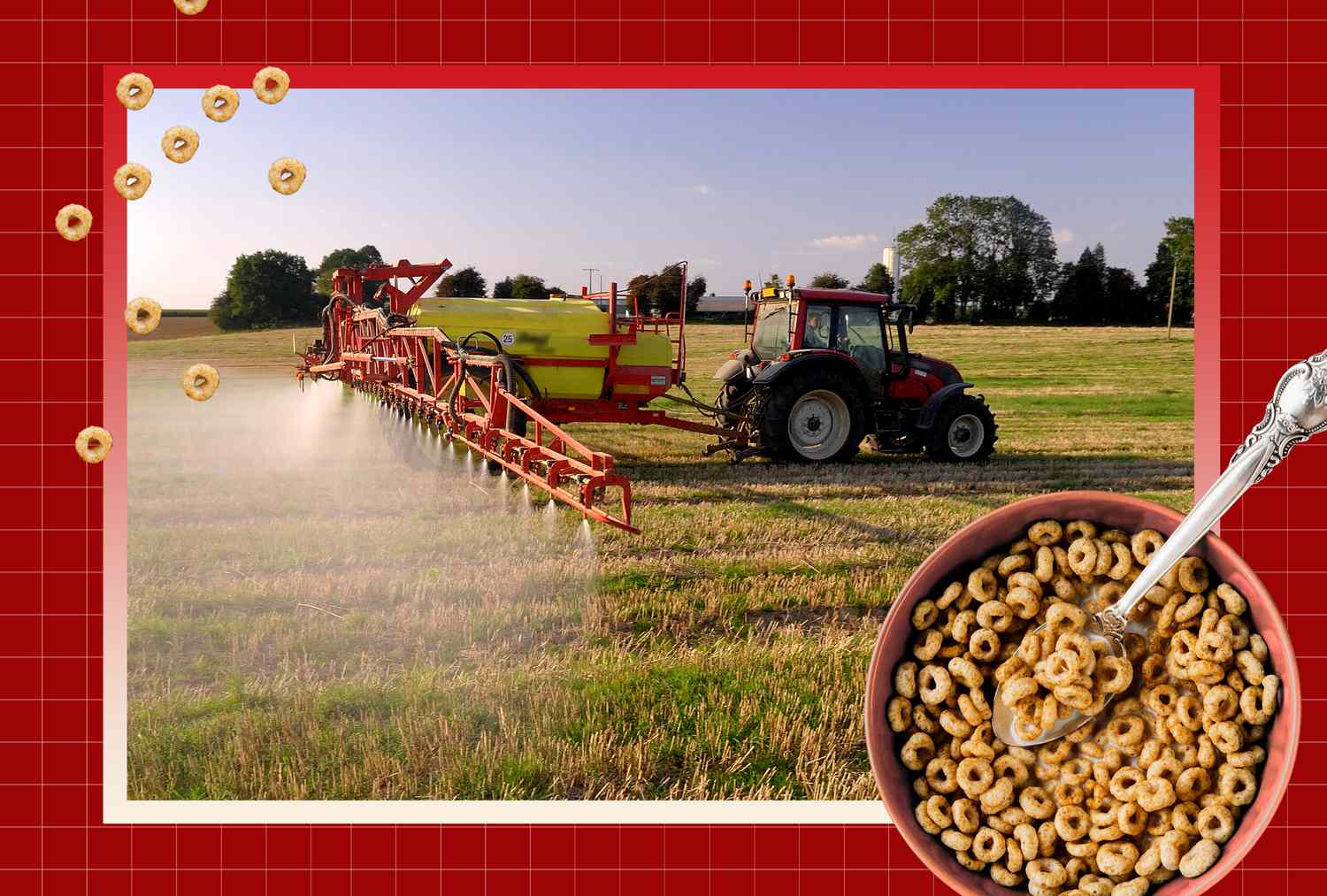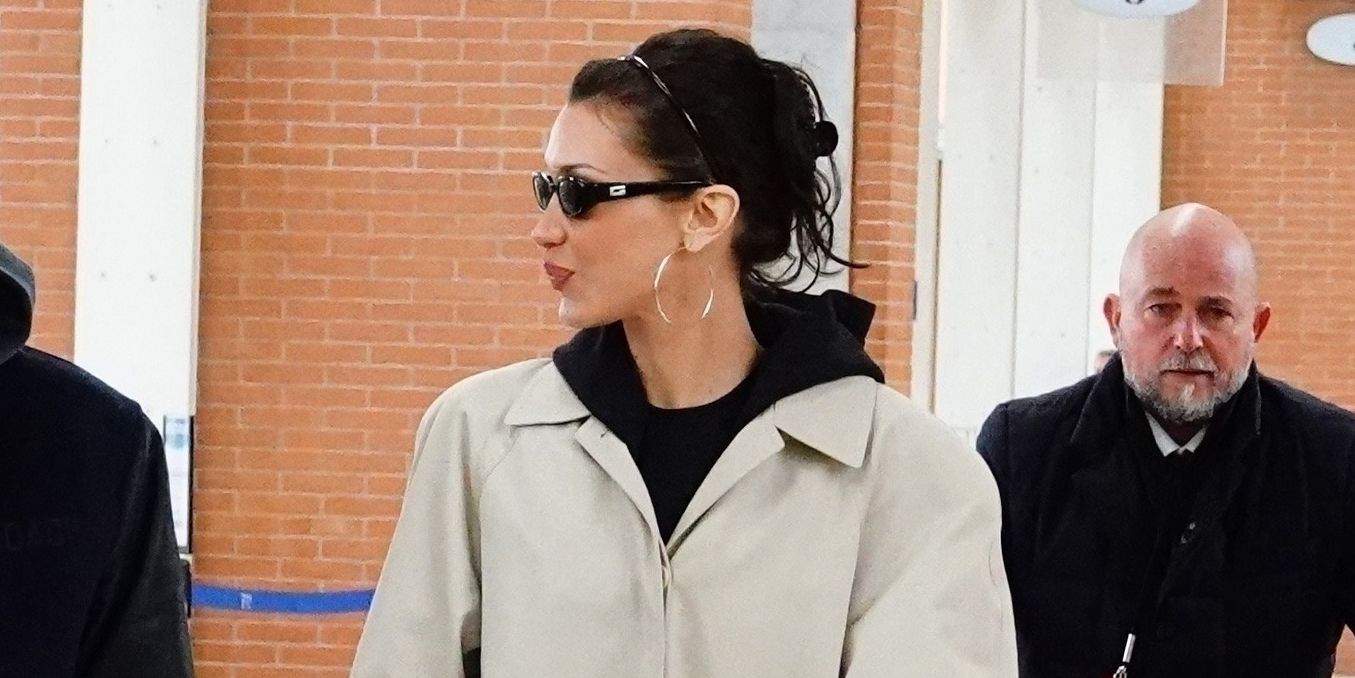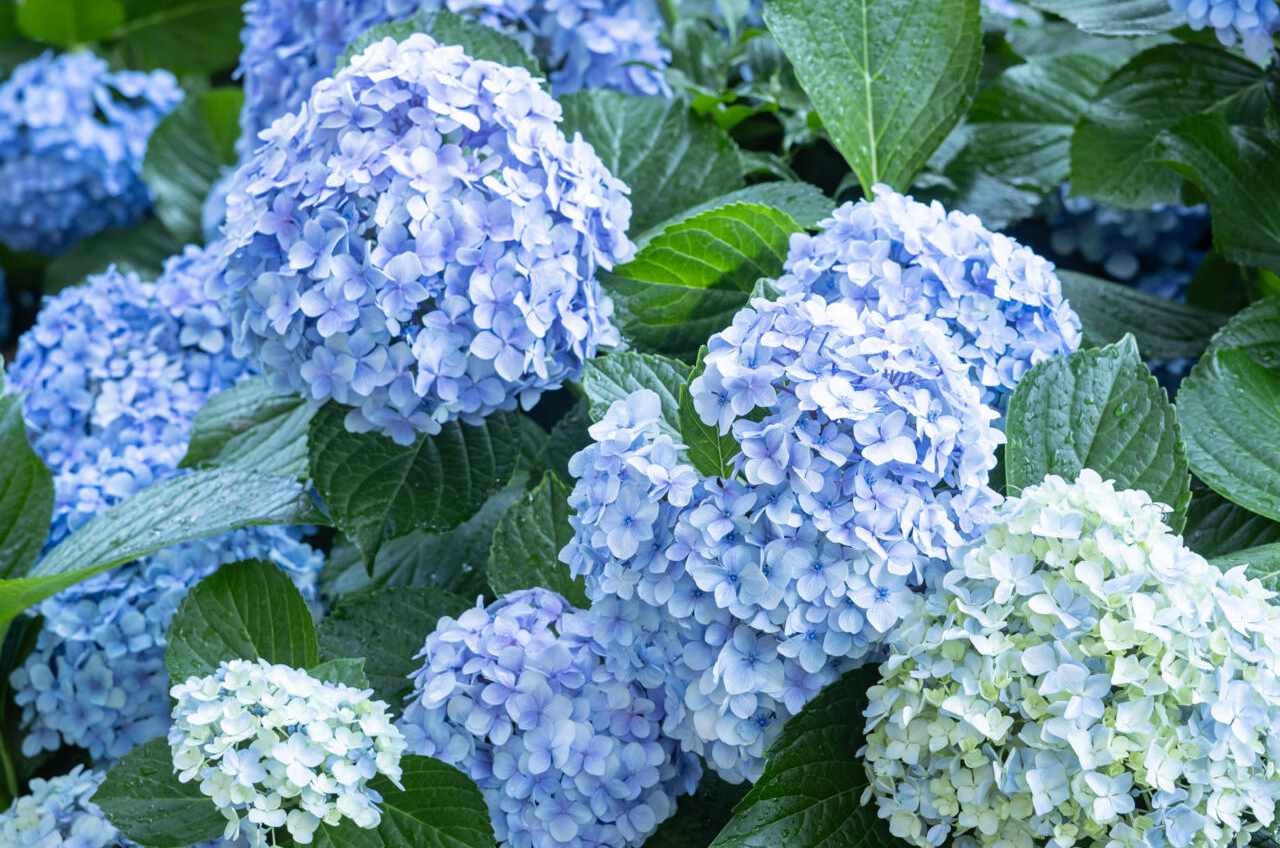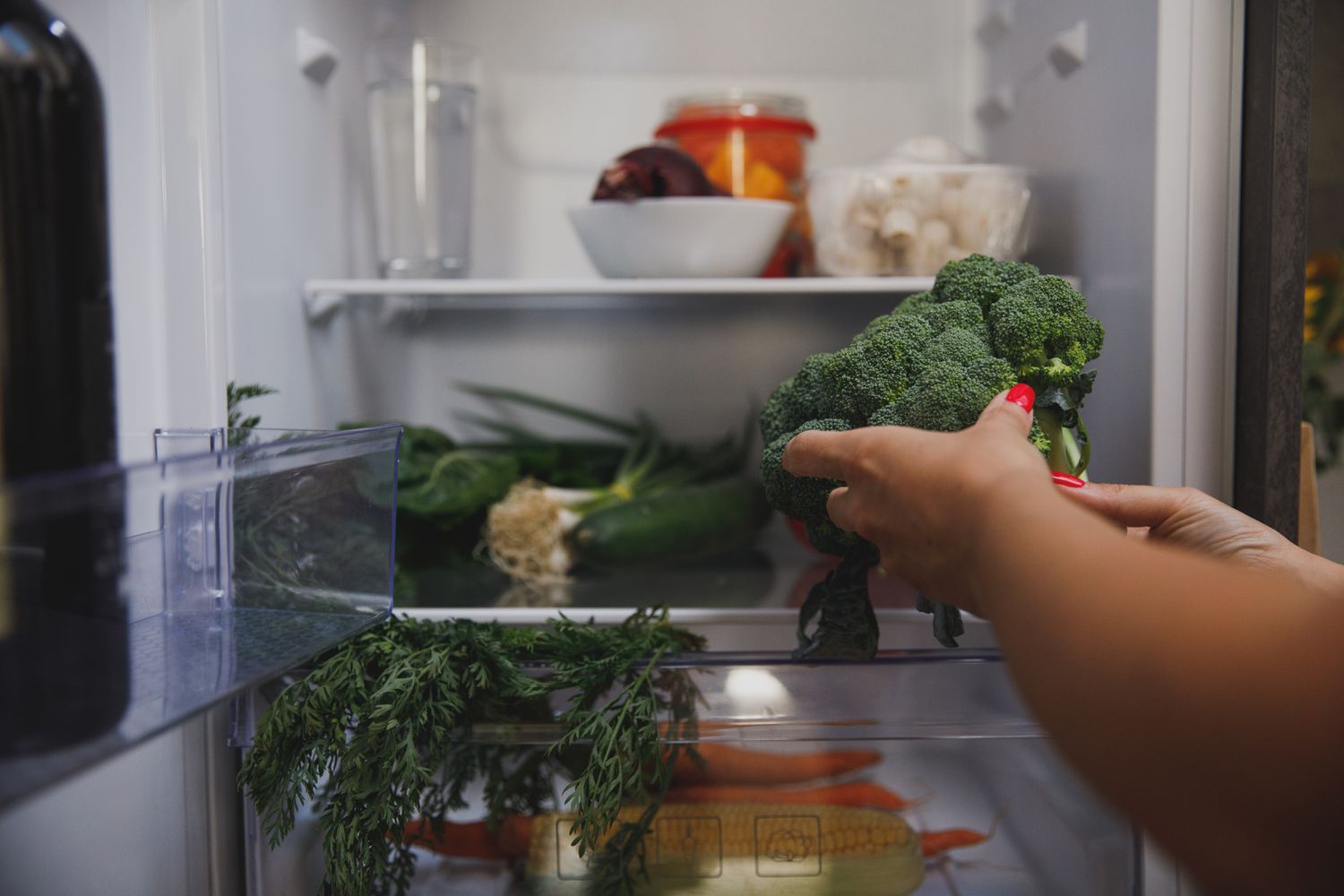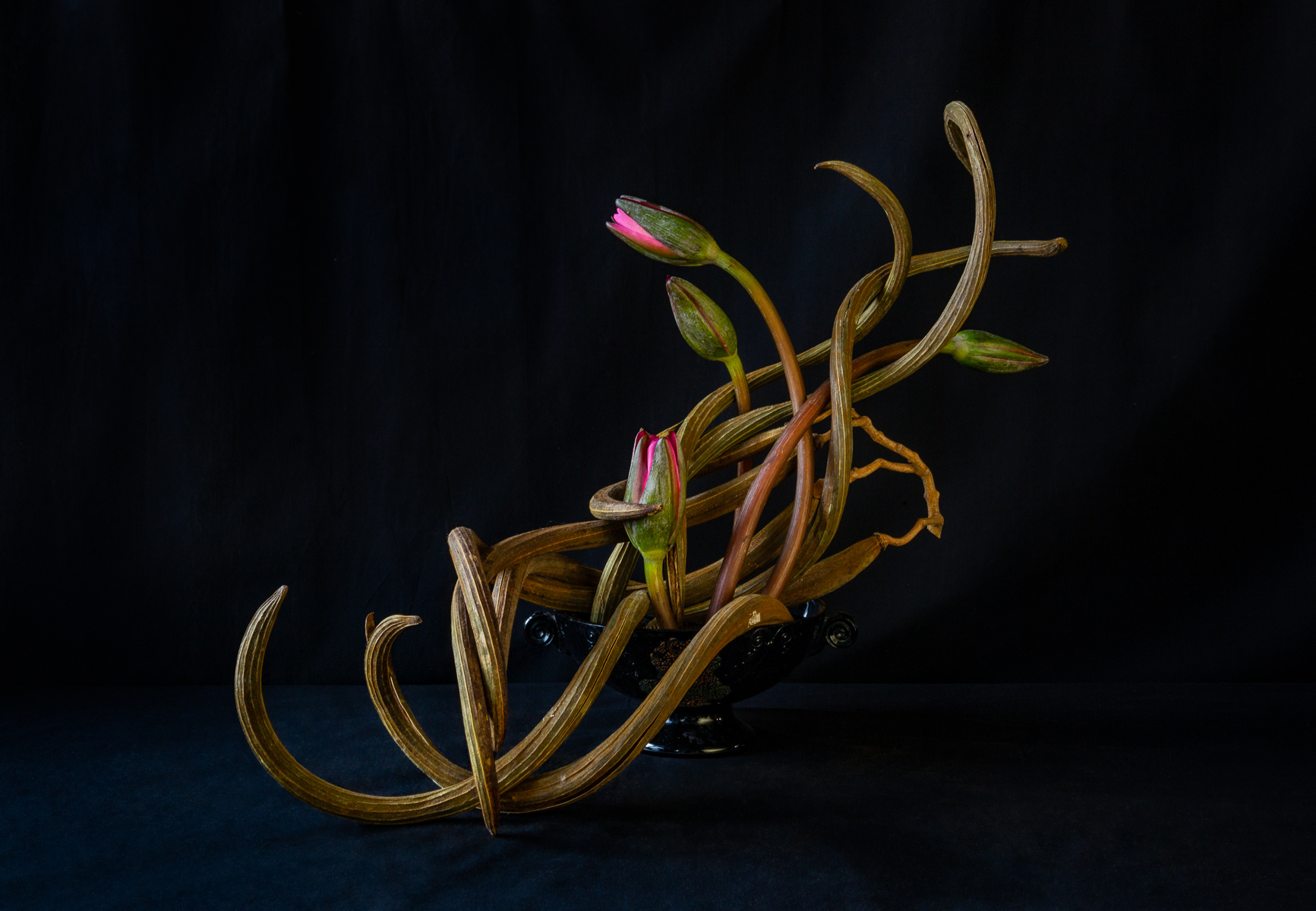
‘Emily Thompson Flower’: The Floral Designer’s New Book Captures Her Artistry
Emily Thompson Flowers, the debut book from the New York-based florist, was never going to be like any other flower book, because Thompson is quite unlike any other florist. As Shane Connolly points out in his foreword, in a world where many florists have proclaimed themselves “artists,” she truly is one. Even if you didn’t know that Thompson originally trained as a sculptor, it’s easy to recognize the artistry that runs through her works, in which plant material is arranged into gravity defying installations or artfully constructed into mesmerizing compositions—which is probably why they always seem to sit so beautifully in museum spaces like the Whitney Museum of American Art or The Frick Collection.
Photography by Julianne Nash, courtesy of Emily Thompson.
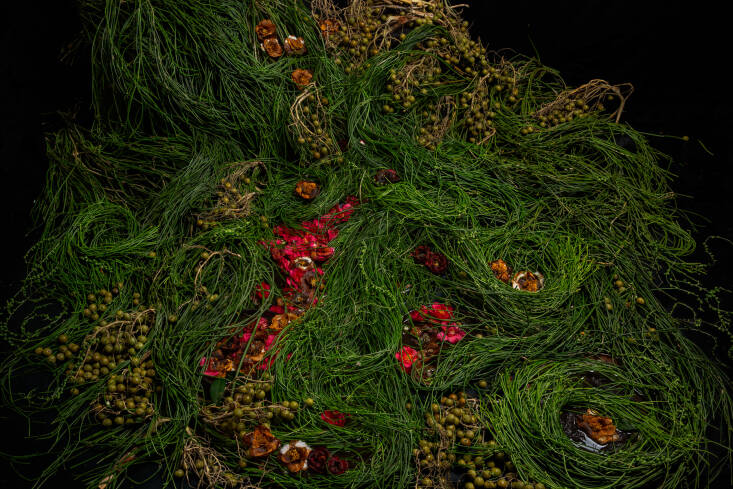
Over two decades Thompson has “brought floral design into a clamorously trippy, wholly unknown dimension” says Nancy Haas in her poetic introduction. “Colossal in scale and ambition, often free of the vessel, sometimes suspended from the ceiling or creeping along the edges of a room, her work can evoke whole worlds.”
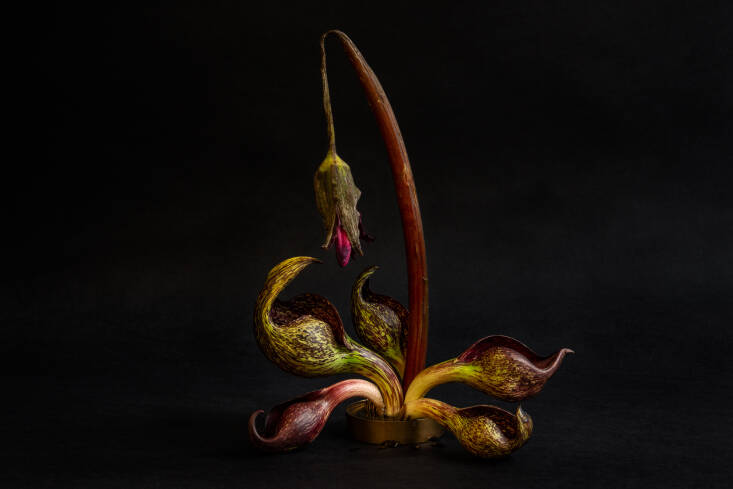
The arrangement of chapters in the book speaks volumes about Thompson’s aesthetic, too; here the arrangements are “works,” each one named as art and dated with a list of materials and loosely arranged into themes: “Thickets,” “Cascades,” “Heaps,” “Vapor,” “Birds and Beasts,” “Gusts and Gales.” Even if her arresting designs don’t always seem to sit firmly within these groupings (often they seem to inhabit several of these ideas at once), the section titles explain exactly the essence of her work, the sense of movement, the deep connection to and inspiration from nature, especially in its wildest forms, and the deep worlds that she creates where she imagines flocks or herds inhabiting the space. Space itself is important, too—Thompson’s work seems to melt into the spaces it inhabits, seeping through it and sucking the viewer in.



